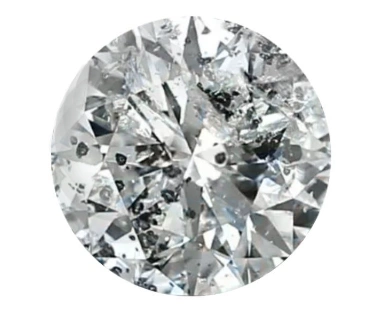4C
The 4Cs of Diamond
The four characteristics of a diamond—color, clarity, cut, and carat weight—collectively known as the “4Cs”—are what define a diamond’s quality and ultimately its market worth.
Beautiful. Rare. Cherished. Each diamond is different and is a miracle of place, time and transformation. Additionally, each has unique characteristics that determine its value. There was no accepted method for evaluating diamonds until the middle of the 20th century. Color, Clarity, Cut, and Carat Weight (CCCW), the four criteria used to describe diamonds, were first established by GIA and are now acknowledged worldwide. Today, determining the quality of any diamond, anywhere in the world, is done using the 4Cs of diamond quality. Today, determining the quality of any diamond, everywhere in the world, is done using the 4Cs of Diamond Quality. Diamond customers could now know exactly what they were going to buy, and the development of the Diamond 4Cs meant that diamond quality could now be communicated in a global language.
As the creator of the Diamond 4Cs and the International Diamond Grading System, GIA is not only a global authority but the world’s trusted source for unbiased assessment.

Is There A Fifth C?
In addition to the well-known 4Cs of diamond stones—color, clarity, cut, and carat—a diamond certificate, also known as a diamond grading report, is frequently referred to as the fifth C. Every diamond purchase from Bon Gioielli comes complete with an Independent Lab Certificate from GIA, IGI or HRD for authentication.

Diamond Cut
The best quality of a diamond is highlighted by its cut: light refraction. Bling, shine, and lustre—that famous diamond flash. A diamond that is well-cut will sparkle brilliantly. Cut is regarded as the most significant attribute in the 4Cs evaluation system because of this. Recognize that when selecting your diamond, a stone that scores high on all other 4C criteria but has the wrong cut may appear dull. The significance of this specific type of diamond cut pizazz cannot be overstated.
Ideal cut
A well-cut diamond maximises brightness and fire by reflecting light to each pavilion at the proper angle, which causes light to reflect back to the crown.
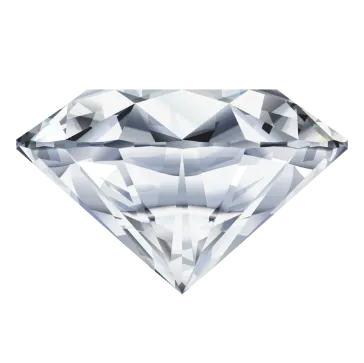
Deep Cut
Light will escape through the diamond’s sides and bottom if it is too deep because it will strike the first pavilion sharply and the second pavilion at a low angle.
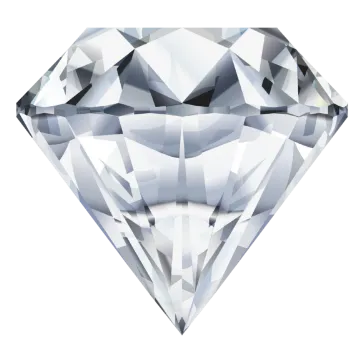
Shallow Cut
When a diamond is too shallow, light from the outside will enter at a low angle and strike the pavilion, allowing light to escape through the bottom of the diamond.
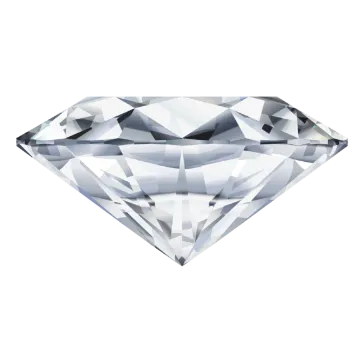
Diamond Cut Grade
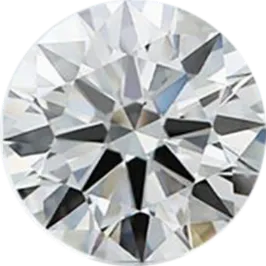
Ideal/Excellent
Due to practically all of the incoming light being reflected through their table, ideal and excellent cut diamonds blaze with incredible sparkle, fire, and brilliance. They are evaluated using a very specific set of criteria. Ideal and Excellent cut diamonds are quite expensive because of their superb dimensions, polish, and symmetry scores. They have the most brilliance, fire, and light reflection.
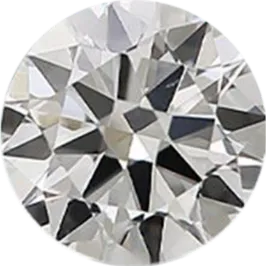
Very Good
Diamonds with a Very Excellent cut have extraordinary fire and sparkle. The diamond’s table reflects a sizable portion of the incoming light. They dazzle similarly to diamonds with an Excellent cut grade and offer outstanding value.
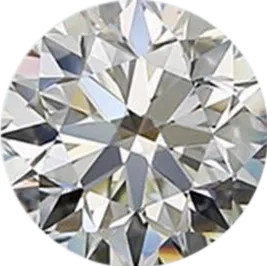
Good
Most of the light that enters a diamond with a good cut grade is reflected. For individuals on a tight budget, diamonds in this price range represent outstanding value.
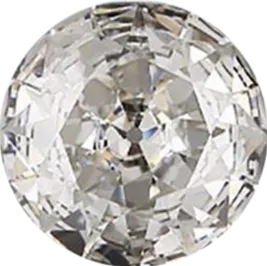
Fair/Poor
A diamond with good or poor cut quality reflects only a small amount of the light entering it, providing very little brilliance. To the untrained eye, they often appear boring.
Diamond Carat
A carat is simply a unit of weight used to describe gemstones. Most people believe that the bigger the stone, the greater the carat number, however this isn’t necessarily true. The appearance of the stone’s size is significantly influenced by the diamond’s cut. Because of this, it’s frequently a good idea to select a diamond that is somewhat smaller than your target carat weight. For example, buy a 1.9-carat stone instead of a 2.0-carat one. The savings can be significant.
A diamond with a higher carat weight may appear smaller with cut ratings such as Good, Fair, or Poor. Smaller carat diamonds with Very Good and Ideal/Excellent cut grades will appear larger.
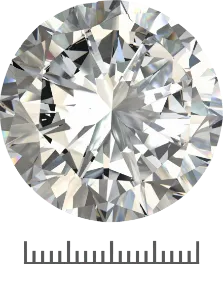
Diamond Color
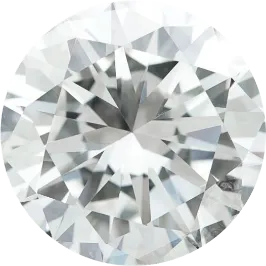
D – F (Colorless)
In this color range, there are no discernible yellowish or brownish tints in the diamonds. They are quite rare and colorless. diamonds in the D to Z range that are the purest chemically. Suitable settings include platinum or white gold.
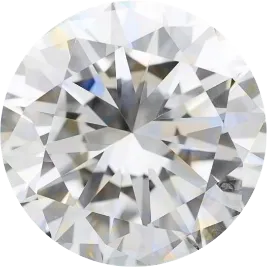
G – J (Near Colorless)
This color spectrum of diamonds offers outstanding value for the money. Unless for trained graders, their color is frequently undetectable.
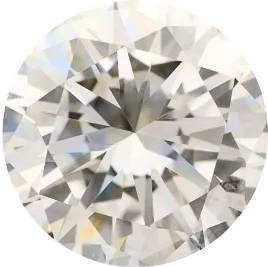
K – M (Faint Color)
Even the naked eye can distinguish a small yellow hue in diamonds of this color range. To make the diamond appear less colorful, yellow or rose gold settings are recommended.
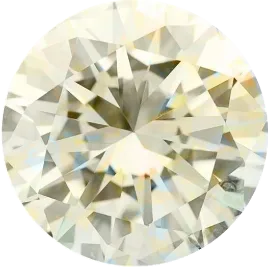
N – R (Very Light Color)
This color range of diamonds has a pronounced yellow or brown hue. Compared to diamonds of better grades, these ones are substantially less valuable.
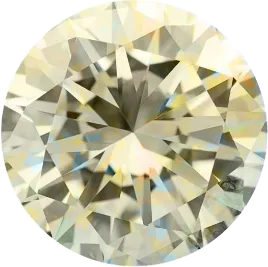
S – Z (Light Color)
These diamonds have a definite golden or brown color, but they are not sufficiently colored to qualify as “fancy” colored diamonds.
Diamond Clarity
One of the four quality characteristics (the 4Cs) that define and affect a diamond’s value is its clarity. The most precious diamonds are devoid of any inclusions, also known as blemishes or inclusions, which are flaws in the stone.
Pay attention to our advice: if you’re buying on a tight budget, invest your money wisely in a better cut before splurging on clarity. Only a skilled diamond grader can spot many inclusions and flaws since they are often too small to be noticed. A VS1 and a SI2 diamond may appear identical to the unaided eye, yet they are very different in terms of overall quality. Because of this, it is crucial to measure diamond clarity expertly and accurately. Understanding what diamond clarity actually entails will help you better appreciate the elements that affect diamond quality and cost.
Below is a clarity scale from least to best:
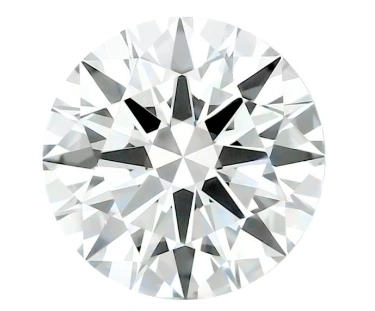
FL (Flawless)
FL (Flawless) diamonds won’t exhibit any imperfections or flaws even 10x Magnification. These are the rarest kind of diamond clarity and have the highest clarity rating.
IF (Internally Flawless)
IF (Internally Flawless) diamonds won’t display any inclusions under a 10x magnification, only minor blemishes on the diamond’s surface.
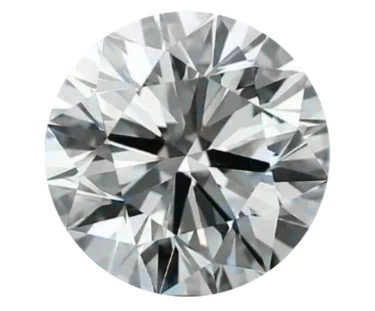
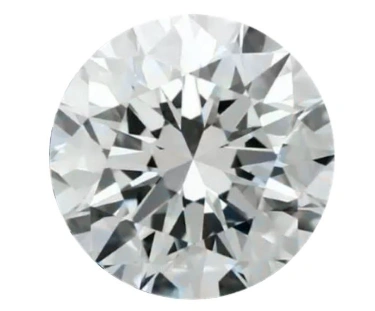
VVS1-VVS2 (Very Very Slightly Included)
Even an experienced grader has difficulty detecting inclusions under 10x magnification because they are so small.
VS1-VS2 (Very Slightly Included)
Under 10x magnification, inclusions are difficult to see but are rather small. The naked eye is unable to see inclusions.
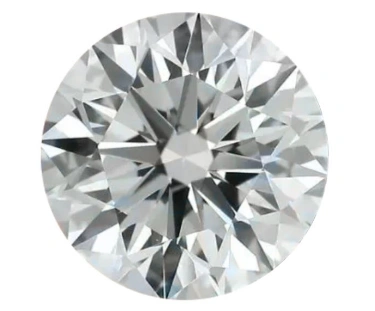
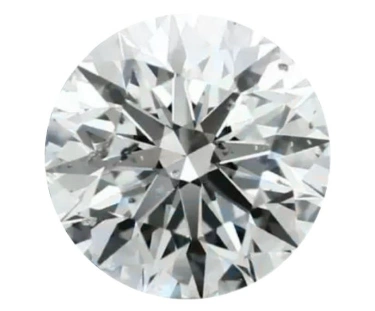
SI1-SI2 (Slightly Included)
Under 10x magnification, inclusions are visible but may or may not be visible to the unaided eye.
I1-I3 (Included)
Under a 10x magnification, inclusions are visible and may reduce clarity and brilliance.
